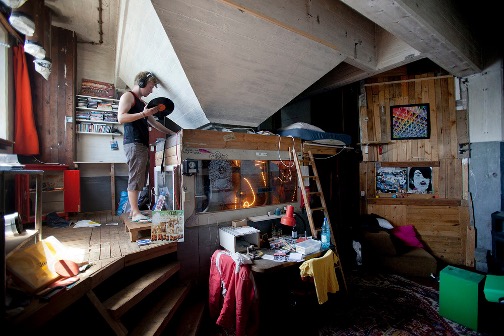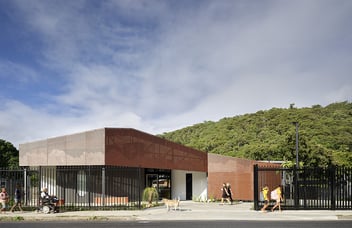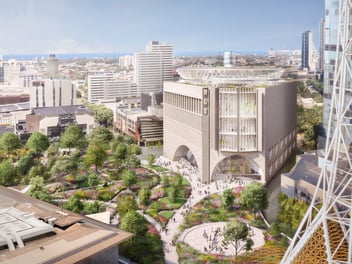The History of Repurposing
As a society, we tend to fantasise about the new. However, as we all make the shift towards more environmentally sound practices, we are starting to understand that building something new can have a significant carbon footprint.
The act of repurposing, or adaptive reuse to use the architectural phrase, is becoming more and more commonplace, with architects embracing the old with all of its personality and character.
With this new trend, driven by environmental endeavours, it’s a good opportunity to remember that, according to Rene Boer, “Repurposing existing buildings wasn’t a totally new phenomenon. In many countries, society’s poorest never had any choice but to reuse the spatial leftovers of others, often by making structures inhabitable that weren’t originally meant for living in”
The Architecture of Squatting is not only an architectural phenomenon but a significant cultural one too and one that has been explored in a recent exhibition at the Het Nieuwe Instituut in The Netherlands.
The ingenuity and adaptability that is documented in landmark squatting sites, such as Landbouwbelang in The Netherlands, is something to be learnt from. Importantly, Boer notes ‘it familiarises many with the possible outcomes of unexpected transformations’, an important element in the understanding and accepting of adaptive reuse.
What’s your opinion on adaptive reuse as a sustainability strategy?






